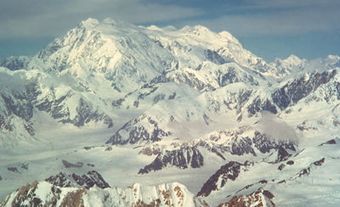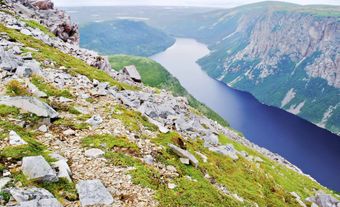
Named after Prime Minister Alexander Mackenzie, they are a northern continuation, 800 km long, of the eastern system of the Rocky Mountains, composed almost entirely of folded sedimentary strata. They consist of several ranges trending in a NW-SE orientation, straddling the greater part of the NWT-Yukon boundary. The main core, the Backbone Ranges, is a mass of peaks and ridges reaching a maximum height, in Mt Sir James MacBrien, of 2759 m, the highest peak in the NWT. The Mackenzie Mountains lie in the precipitation shadow of the Selwyn Mountains farther west and are relatively dry. The timberline is low, leaving their slopes bare and rock covered.

 Share on Facebook
Share on Facebook Share on X
Share on X Share by Email
Share by Email Share on Google Classroom
Share on Google Classroom


